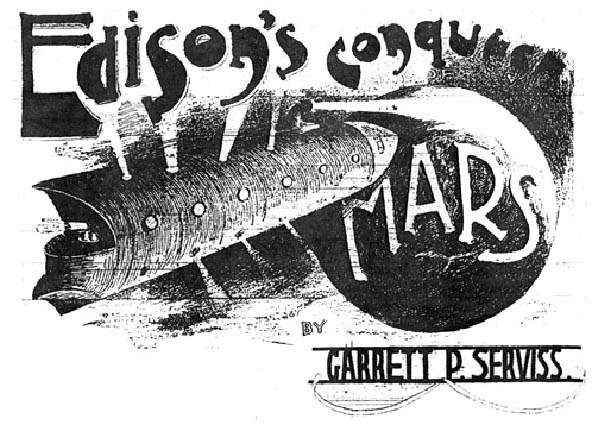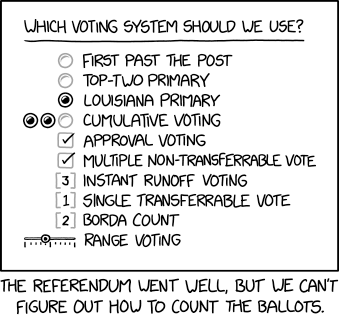Excellent article by Gabriel Sherman who is definitely the kind of writer you'd want on this beat. There is, however, one theme I'd like to push back on. We hear a lot about how powerfully charismatic and incredibly persuasive company co-founder Adam Neumann was. How else would he convince men like Jamie Dimon that a laughably bad business plan was not only viable but would justify a valuation of almost fifty billion dollars?
The trouble with that explanation is that we've seen a remarkably large number of these masters of mesmerism recently. Think of all the companies which, in the past decade or so, have raised huge amounts of money based on pitches that collapsed immediately under even mild scrutiny. They can't all be the work of superhuman salesmen.
As an alternative, is it possible that the combination of a Randian worship of the wealthy, conditions that made it easier than ever to luck into great fortunes and the rise of the credulity driven hype economy have all made it easier to find gullible people with way too much money?
WeWork executives had long grown accustomed to Neumann’s belief that the laws of economics—even reality itself—didn’t apply to him. It was in the nature of unicorns that they bent reality, and that certainly had been true of WeWork. Fueled by $12 billion of venture capital and debt, Neumann grew WeWork in less than a decade from a single coworking outpost in SoHo into a 12,500-employee company with 500,000 users in 111 cities across 29 countries. But in 2018, WeWork had lost $2 billion and had a highly questionable business model—the company signed long-term leases and sublet space to freelancers and corporations on a short-term basis. Its valuation somehow kept rising.
The company’s valuation put Neumann’s net worth at $4.1 billion—and his spending more than kept pace. “It was Succession craziness,” a colleague said. Neumann was chauffeured around in a $100,000-plus Maybach sedan and traveled the world on a $60 million Gulfstream G650. As reported in the Wall Street Journal, he and his wife, Rebekah Paltrow Neumann—Gwyneth’s first cousin—spent $90 million on a collection of six homes that included a 6000-square-foot Gramercy condo, a 60-acre estate in Westchester County, a pair of Hamptons houses and a $21 million mansion in the Bay Area that features a room shaped like a guitar. They employed a squadron of nannies for their five children, two personal assistants, and a chef. “Adam went through money like water,” a former executive said.
In a way, the spending made sense, because Neumann himself was the product. He pitched himself to investors as a gatekeeper to the rising generation. A new way of working. A new way of living. Work was 24/7, coworkers were friends, office was home, work was life. For baby boomers who experienced office life as cubicles and bad coffee, his message was irresistible. “Every investor who walked through was sold,” a WeWork executive told me. They saw Neumann as a millennial prophet who did shots of Don Julio during meetings while preaching about the dawn of a new corporate culture, one in which the beer and kombucha flowed and MacBook-toting employees would love coming to work. After sitting with Neumann in his office, outfitted with a Peloton bike, infrared sauna, and cold water plunge, Steve Jobs biographer Walter Isaacson told Fast Company that Neumann reminded him of the Apple cofounder. Neumann later told colleagues that Isaacson might write his biography. (Isaacson never considered writing such a book.)
Through a combination of egomaniacal glamour and millennial mysticism, the Neumanns sold WeWork not merely as a real estate play. It wasn’t even a tech company (though he said it should be valued as such). It was a movement, complete with its own catechisms (“What is your superpower?” was one). Adam said WeWork existed to “elevate the world’s consciousness.” The company would allow people to “make a life and not just a living.” It was even capable of solving the world’s thorniest problems. Last summer, some WeWork executives were shocked to discover Neumann was working on Jared Kushner’s Mideast peace effort. According to two sources, Neumann assigned WeWork’s director of development, Roni Bahar, to hire an advertising firm to produce a slick video for Kushner that would showcase what an economically transformed West Bank and Gaza would look like. (Bahar told me he only advised on the video and no WeWork resources were used.) Kushner showed a version of the video during his speech at the White House’s peace conference in Bahrain last summer.
To a passel of geezer capitalists, this was too big to miss, even if they didn’t fully understand it—possibly, not understanding it was the point. Rupert Murdoch, Sir Martin Sorrell, and Larry Silverstein all took meetings. Mort Zuckerman, the billionaire cofounder of developer Boston Properties, told a real estate executive shortly after WeWork launched that Neumann was creating the future of work. Zuckerman soon offered to buy WeWork for $500 million. (Neumann declined the deal but accepted a $2 million investment from Zuckerman.) “Adam was probably the best salesman of all time,” a former WeWork executive told me.





